Understanding the Workforce Landscape in AE Firms
Architectural and engineering (AE) firms operate in a complex environment where skilled workforce management and efficient scheduling are critical for success. With evolving industry demands, technological advancements, and growing project complexities, understanding the latest workforce planning and scheduling statistics is essential for sustaining competitiveness and profitability in AE firms.
Current Employment and Salary Statistics for AE Managers
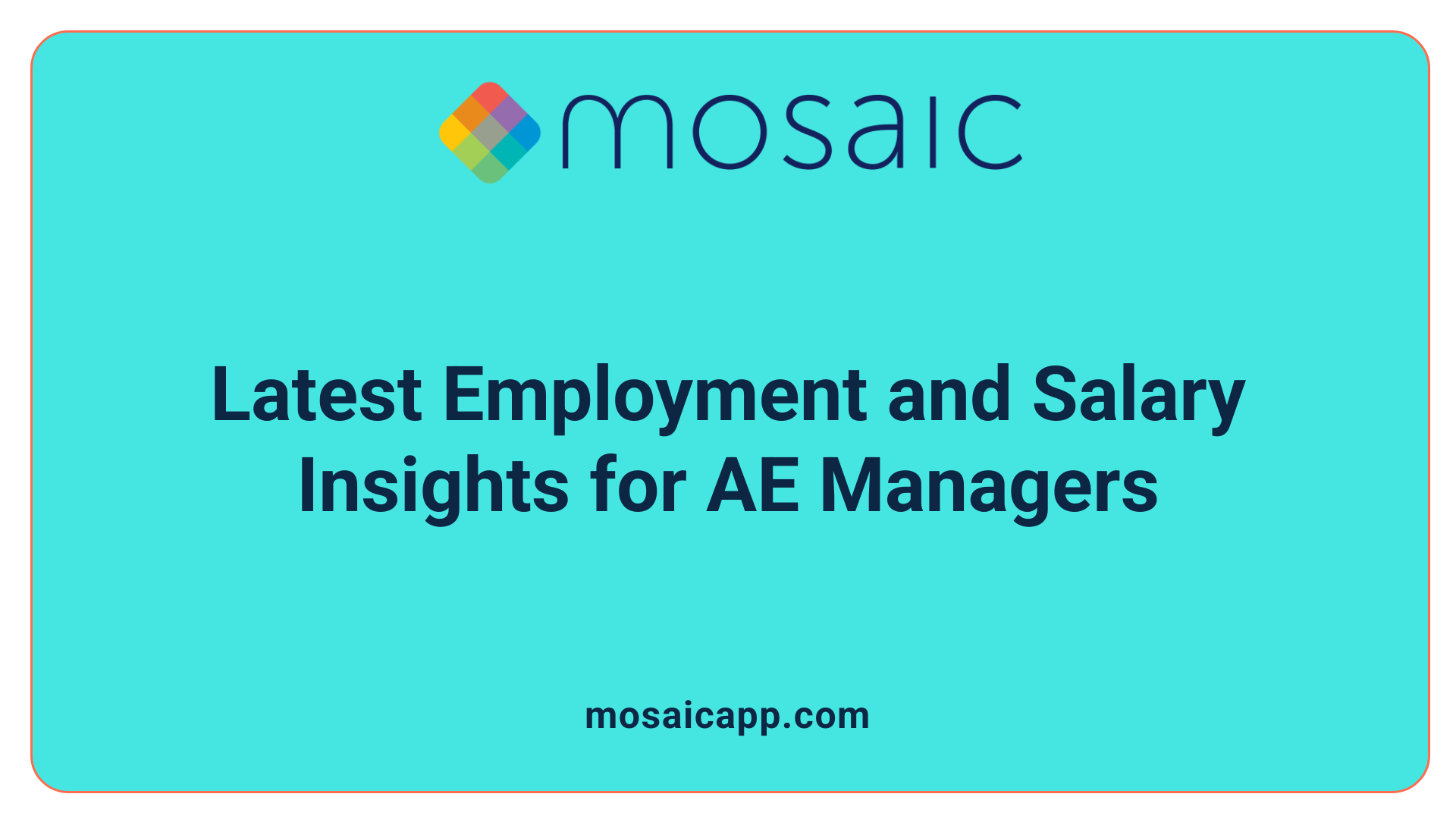
What are the key employment statistics for architectural and engineering managers?
Architectural and engineering (AE) managers held approximately 212,500 jobs in 2024. Employment in this field is expected to grow by 4 percent over the next decade, from 2024 to 2034, resulting in about 8,000 additional jobs by 2034. This growth rate is about average when compared to all occupations.
The median annual wage for AE managers was $167,740 as of May 2024. Salaries can vary by industry, with the highest wages typically found in scientific research and development services.
Generally, AE managers possess a bachelor's degree in engineering or architecture as the minimum educational requirement. In addition, they often bring over five years of experience working as architects or engineers before advancing into management roles.
Most AE managers work full time—frequently more than 40 hours per week—especially when managing deadlines and critical project phases. They primarily work in office settings, although some may operate in industrial plants or research laboratories depending on the nature of their projects and employers.
This combination of robust employment, strong salary potential, and advanced experience requirements underscores the significance of AE managers in overseeing complex projects and teams in the architecture and engineering industries.
Importance of Strategic Workforce Planning in AE Firms
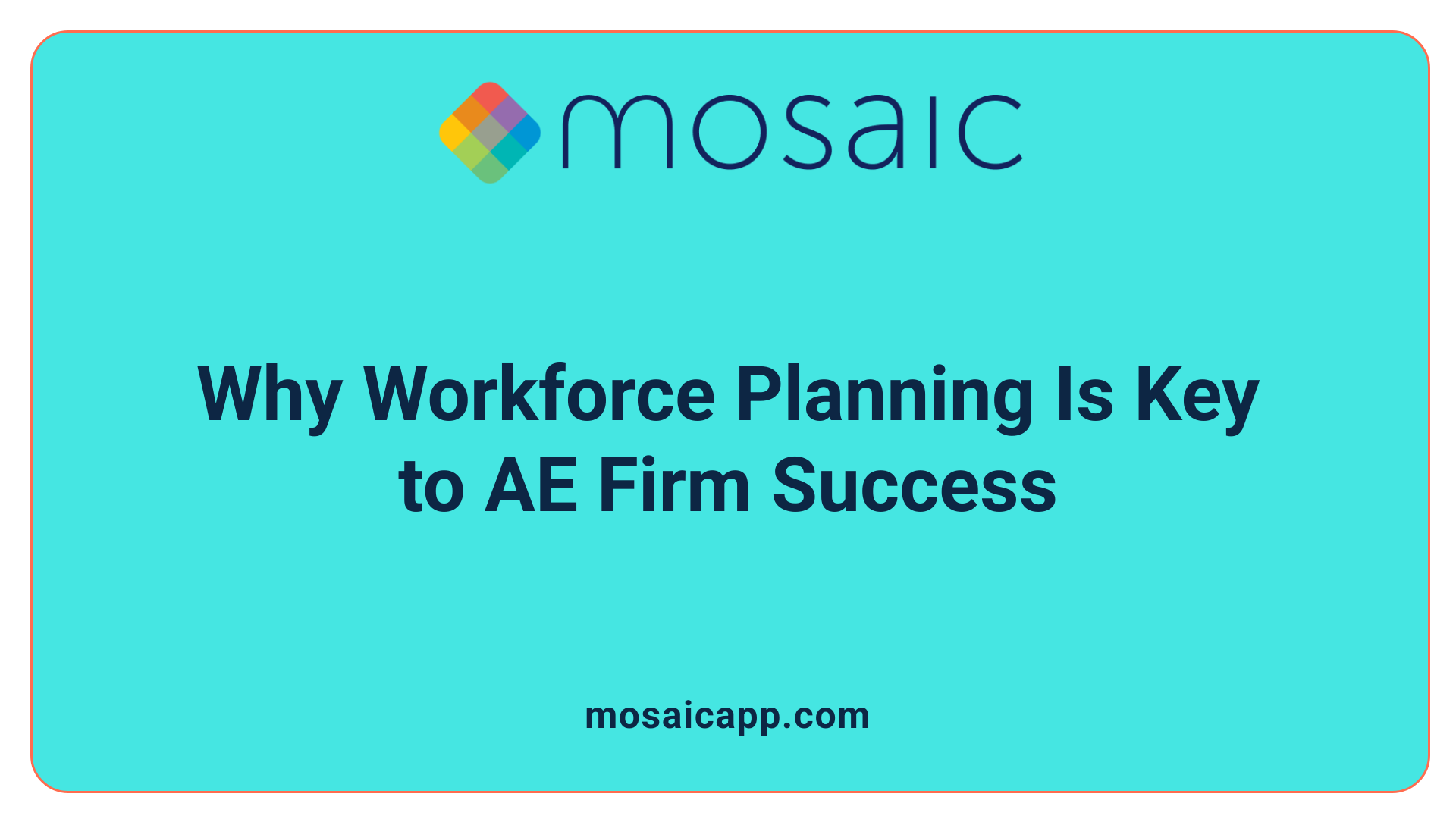
Role of Workforce Planning (WFP)
Workforce Planning is a foundational process for architecture and engineering (AE) firms, ensuring that human resources are effectively aligned with project demands. It involves evaluating future project needs, estimating the internal workforce's capacity, and performing gap analyses to determine staffing requirements. This process involves collaboration among commercial teams, project managers, and HR, where demand calculations and capacity assessments are regularly updated, often on a monthly basis.
Impact on Project Success and Resource Optimization
Effective WFP leads to better project success by optimizing resource allocation and enabling firms to meet deadlines without overburdening employees. By forecasting workforce demand and supply, AE firms can manage skill mixes, employee cross-training, and hiring strategies to maintain an agile, skilled workforce. This proactive planning reduces risks such as skill shortages, ensures consistency in employee assignments, and supports multi-phase project planning, ultimately boosting profitability and quality.
Challenges Arising from Lack of Standardized WFP
Despite its importance, many AE firms face challenges stemming from the absence of standardized workforce planning processes. Currently, organizations often rely on fragmented or ad hoc tools like spreadsheets, leading to siloed information and misalignment between demand and supply. This lack of standardization can result in inefficiencies such as workload imbalances, increased bench size, and difficulties in responding to volatile project demands. The implementation of strategic, enterprise-wide WFP tools and analytical models is essential to overcome these challenges and make informed staffing decisions.
Why is workforce planning vital for AE firms?
Workforce planning is crucial in AE firms because it directly influences human resource management and overall project success. It enables firms to align workforce capacity with project demands, optimize resource allocation, and mitigate risks like skill shortages or workload imbalances. However, a lack of standardized workforce planning processes across organizations can cause misalignments and inefficiencies.
Core Components of Workforce Planning Processes
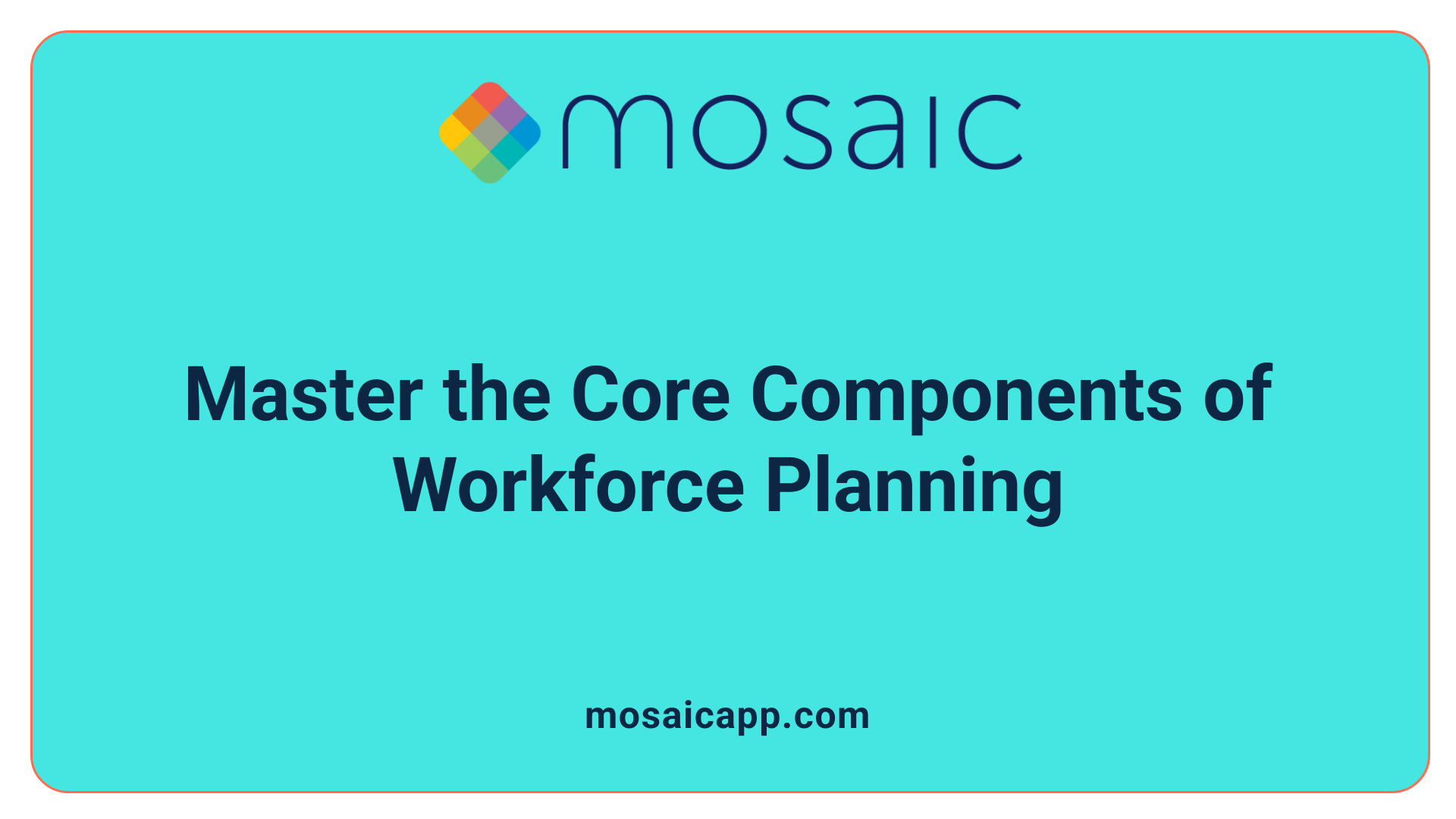
What are the main components of workforce planning in project-driven AE firms?
Workforce planning in architectural and engineering (AE) firms revolves around three main components: demand evaluation, capacity estimation, and gap analysis. These form the foundation for ensuring the right balance between project requirements and human resource availability.
Demand Evaluation forecasts future project workforce needs by estimating the skills and number of employees necessary to meet upcoming project demands. This process is typically led by the commercial department, which calculates workforce demand early, and is then reviewed by operational leadership to validate assumptions and accuracy.
Capacity Estimation assesses the current availability of internal staff, including their skills, experience, and operational bandwidth. Human Resources usually manages this aspect, providing insight into which employees are available and suited to fulfill project needs.
Gap Analysis identifies discrepancies between the evaluated demand and estimated capacity. This analysis highlights skill shortages or staffing imbalances, guiding firms on recruitment, employee training, or cross-training initiatives to fill these gaps effectively.
The workflow prominently involves collaborative efforts among the commercial departments, project managers, operational leaders, and Human Resources to ensure cohesive decision-making. Ideally, these components update frequently—most AE firms conduct workforce planning reports monthly—to keep pace with dynamic project requirements and resource availability changes.
This structured approach improves responsiveness to project demand fluctuations, supports strategic hiring, and optimizes workforce utilization, which is crucial for maintaining project success and firm profitability in the competitive AE industry.
Use of Tools and Technologies in Workforce Planning and Scheduling
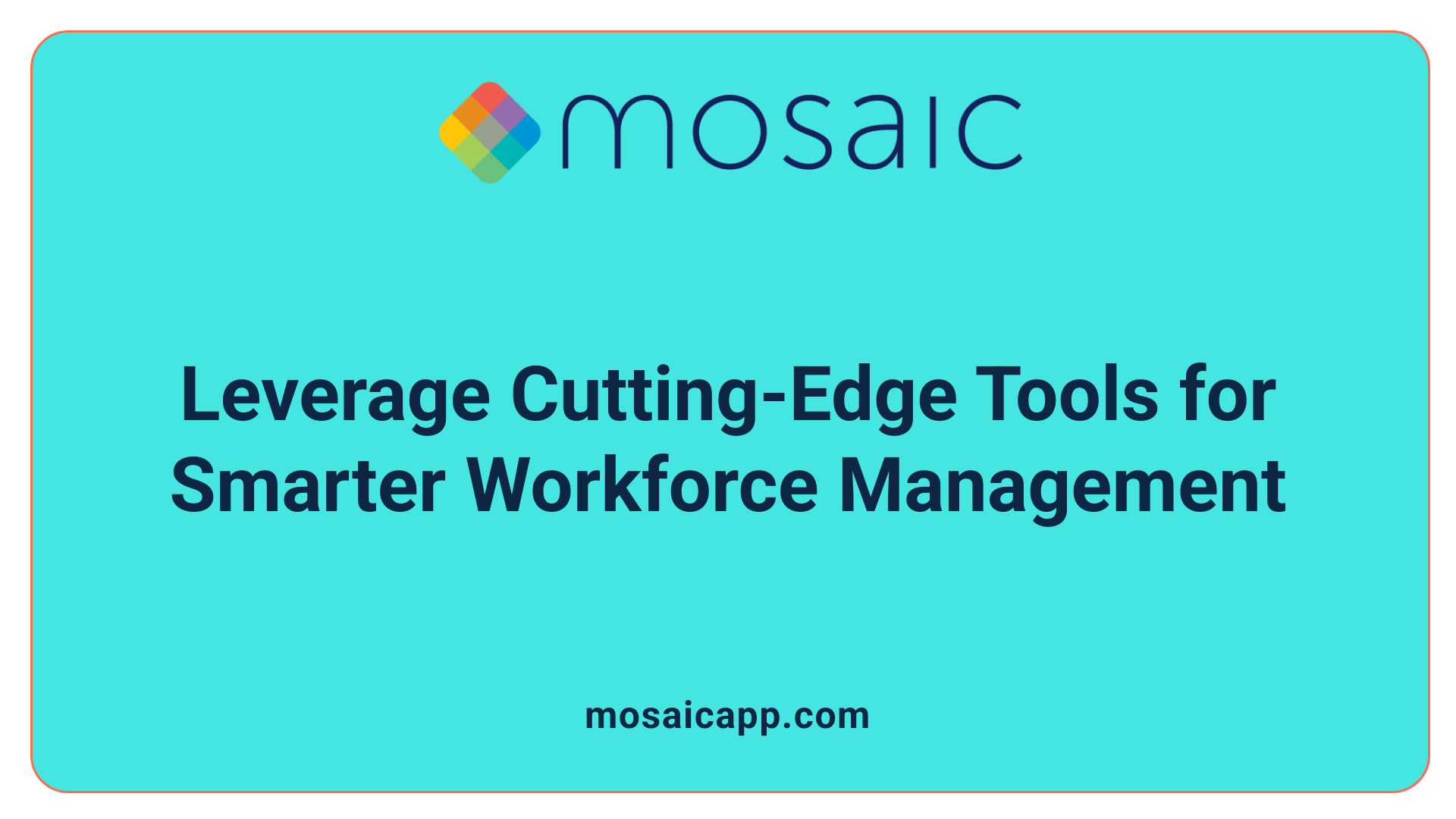
What tools are utilized for workforce planning and how do they vary?
Workforce planning in architectural and engineering (AE) firms employs a variety of tools tailored to meet different organizational needs. Commonly used tools range from ad hoc developed software and simple spreadsheets to comprehensive, customized enterprise-wide solutions.
Ad hoc software and spreadsheets are favored for their flexibility and ease of use. Many companies rely on these tools since they allow quick customizations without the need for large IT investments. Monthly updates of workforce planning reports are frequent, taking advantage of the accessibility these tools provide.
However, the trend is shifting toward integrated, enterprise-wide resource management platforms. These advanced systems offer centralized scheduling capabilities and facilitate real-time visibility into resource allocation across projects. They also enable dynamic forecasting and automated workload balancing, reducing the dependency on manual data entry.
Integrated platforms further enhance operational efficiency by unifying project management, billing, and financial data. This integration supports data-driven decision-making that helps firms optimize resource allocation and maximize profitability.
By combining these tools, AE firms can navigate workforce demand, capacity issues, and project complexities more effectively. Platforms like BQE CORE’s Project Planner exemplify how unified views of resource allocation can deliver real-time insights and streamline workforce management across multiple projects and financial dimensions.
Best Practices for Resource Planning and Scheduling in AE Firms
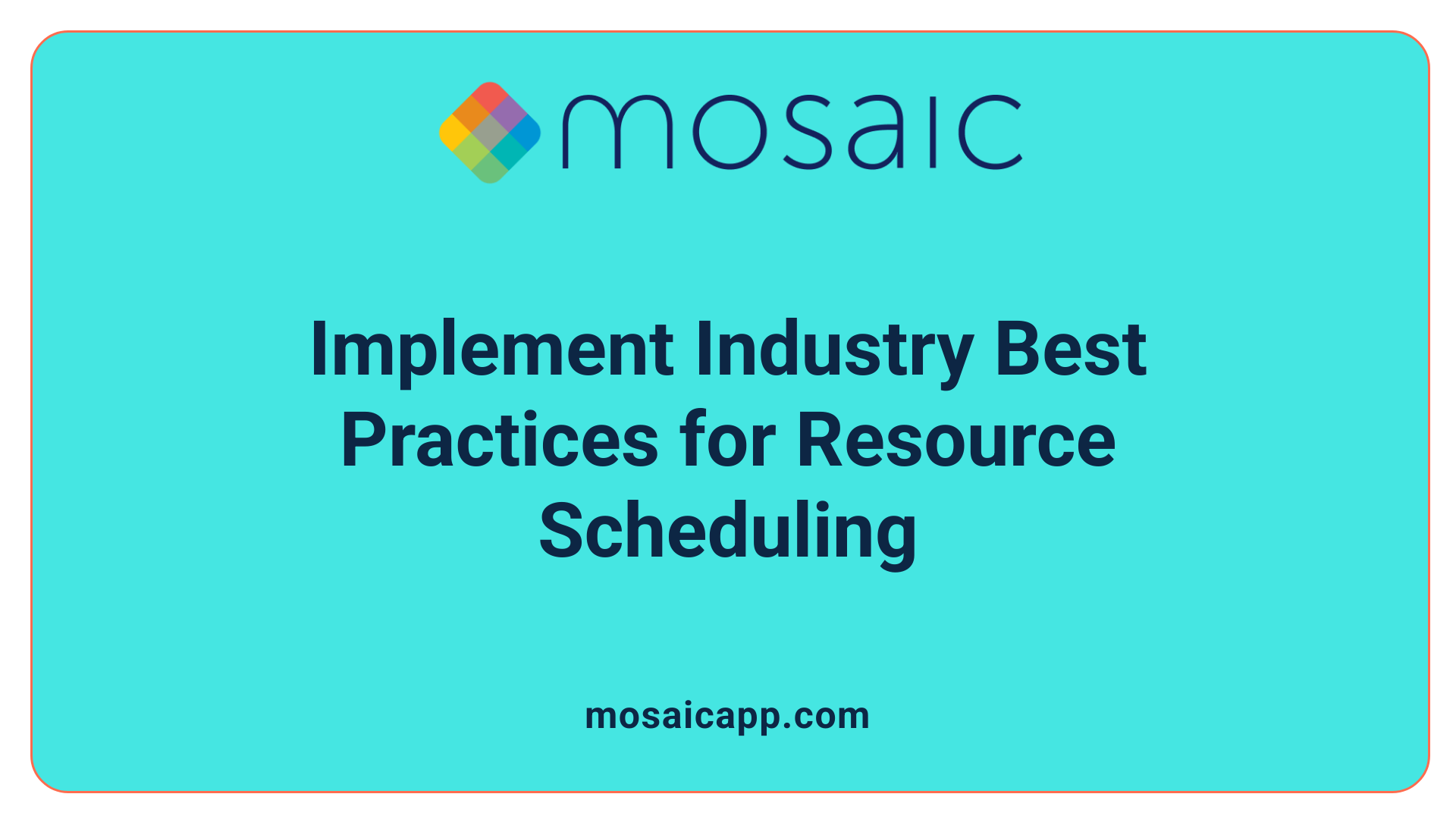
What best practices enhance resource planning and scheduling in AE firms?
To maximize efficiency and profitability, architectural and engineering (AE) firms must adopt a strategic approach to resource planning and project scheduling. One major improvement is a shift from reactive to proactive planning. Instead of reacting to scheduling conflicts or workload imbalances as they occur, proactive planning anticipates resource needs ahead of time, reducing bottlenecks.
Data-driven forecasting is another essential practice. By analyzing past project data and current trends, firms can predict future resource demands more accurately. This minimizes overstaffing or shortages and contributes to smoother workflow management.
Balancing workloads across employees is crucial to avoid burnout or idle periods. Effective resource planning tools can automate workload distribution, ensuring team members are neither overwhelmed nor underutilized. This balance supports sustained productivity and employee satisfaction.
Integration with financial planning is a best practice that ties resource schedules to project budgets. Synchronizing these aspects helps firms control costs and align staffing with financial goals, improving overall project profitability.
Finally, maintaining flexibility is vital. Given the unique and evolving nature of AE projects, schedules and resources must adapt quickly to changes such as project scope adjustments or unforeseen delays. Flexible planning enhances a firm’s ability to maintain deadlines and quality standards.
Adopting these practices, supported by modern tools like centralized project planners and real-time visualization platforms, enables AE firms to deliver projects efficiently and sustain long-term success.
Role of Advanced Resource Planning Tools like BQE CORE’s Project Planner
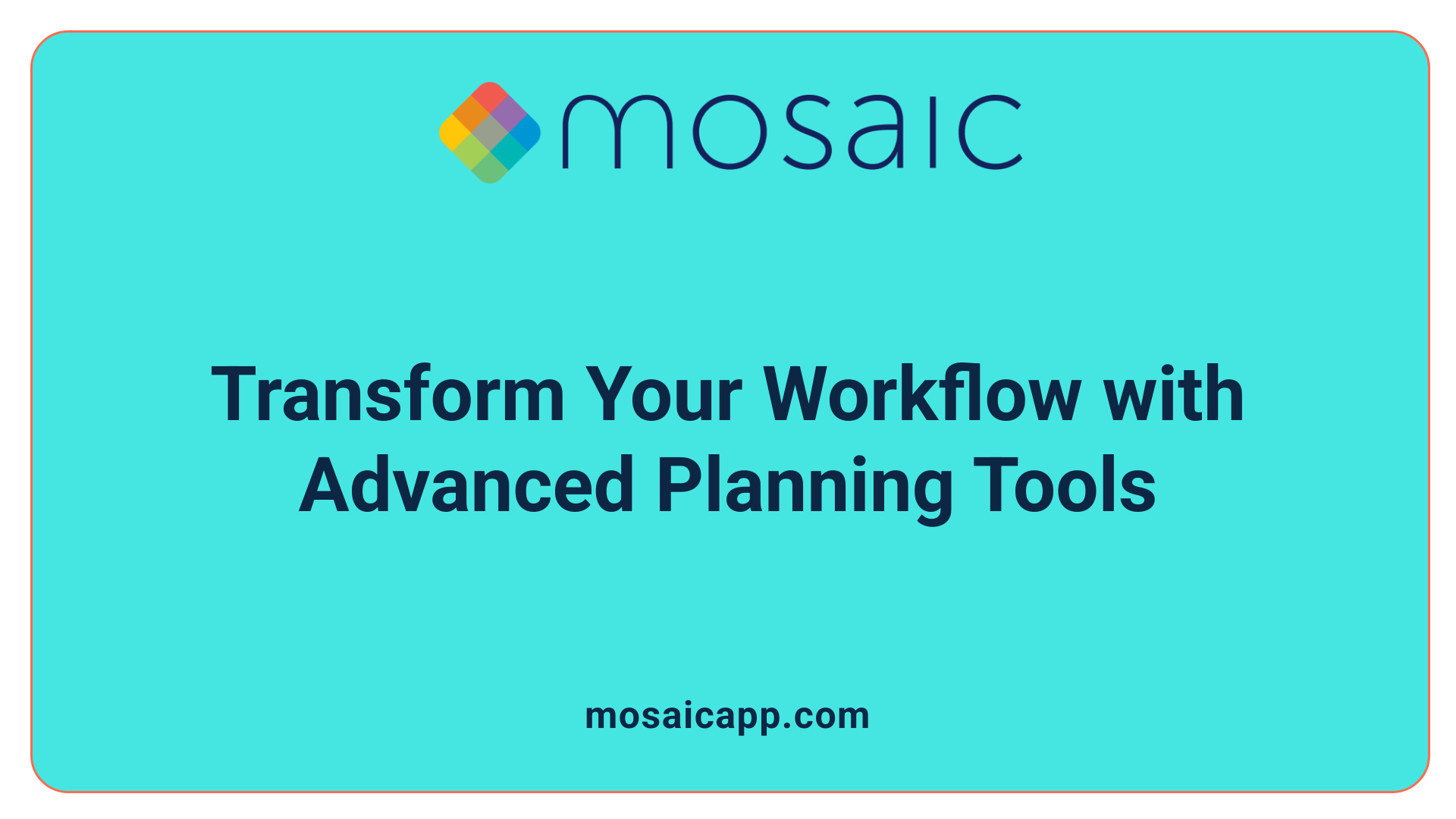
How do advanced tools like BQE CORE improve resource management?
Advanced resource planning tools such as BQE CORE’s Project Planner significantly enhance resource management by offering a unified view of project allocations and schedules. This centralized platform allows managers to visualize resources used across multiple projects simultaneously, ensuring a clear understanding of team workloads and availability.
The tool delivers real-time insights, dynamically forecasting staffing needs and balancing workloads automatically. This proactive approach helps architectural and engineering firms adapt quickly to changes, meet deadlines efficiently, and avoid over- or under-utilization of critical human resources.
Furthermore, BQE CORE integrates data across people, projects, and finances, which reduces manual data entry and errors while improving accuracy in staffing decisions. By linking project management with billing and financial planning, the platform supports data-driven decision-making that enhances profitability and operational efficiency.
This level of integration and visibility is vital for AE firms aiming to boost project delivery quality, streamline workflows, and scale their practices effectively with a sustainable resource strategy.
Challenges in AE Workforce Management and Resource Allocation
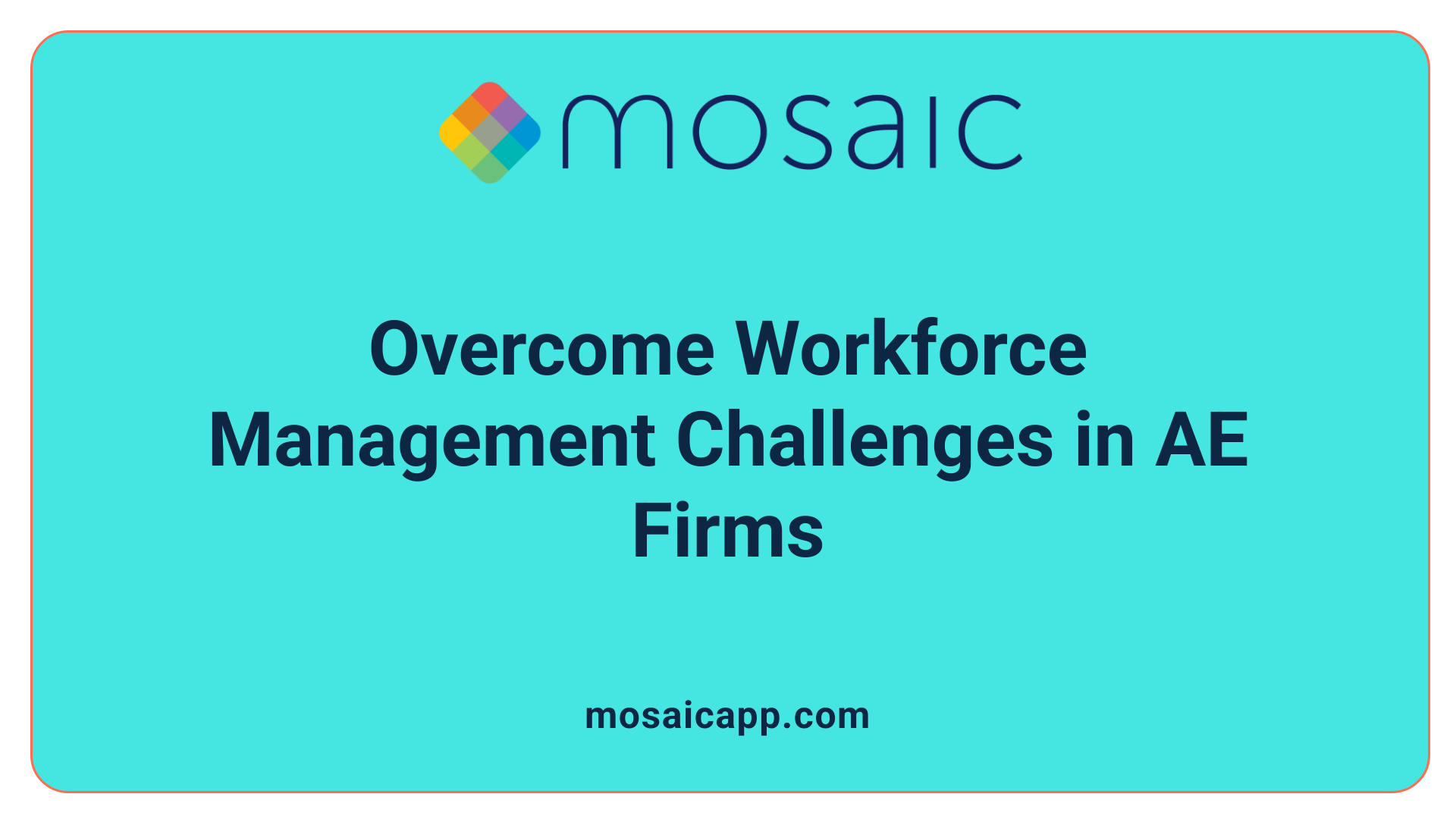
What challenges affect workforce management in AE firms?
Architectural and engineering (AE) firms grapple with several workforce management challenges that impact their efficiency and project outcomes. One major issue is siloed information, where communication barriers between departments limit the sharing of critical data needed for effective planning and decision-making.
Another pressing challenge is the shortage of skilled labor, which strains capacity and can delay project delivery. Given the high skill requirements in AE projects, finding and retaining qualified personnel is often difficult.
Additionally, many firms suffer from a lack of foresight on upcoming projects, making it hard to align resource allocation properly. Without clear visibility into future demands, staffing and scheduling decisions can become reactive rather than strategic.
Volatile resource demands further complicate workforce management. Project scopes can shift unexpectedly, requiring quick adjustments in resource availability and workload balancing.
Lastly, managing bench size — the number of employees idle between projects — remains a challenge. An oversized bench increases costs, while too small a bench risks resource shortages.
These challenges highlight the complex environment AE firms operate in, requiring sophisticated approaches to workforce and resource planning.
Industry-Specific Resource Characteristics and Their Impact on Planning
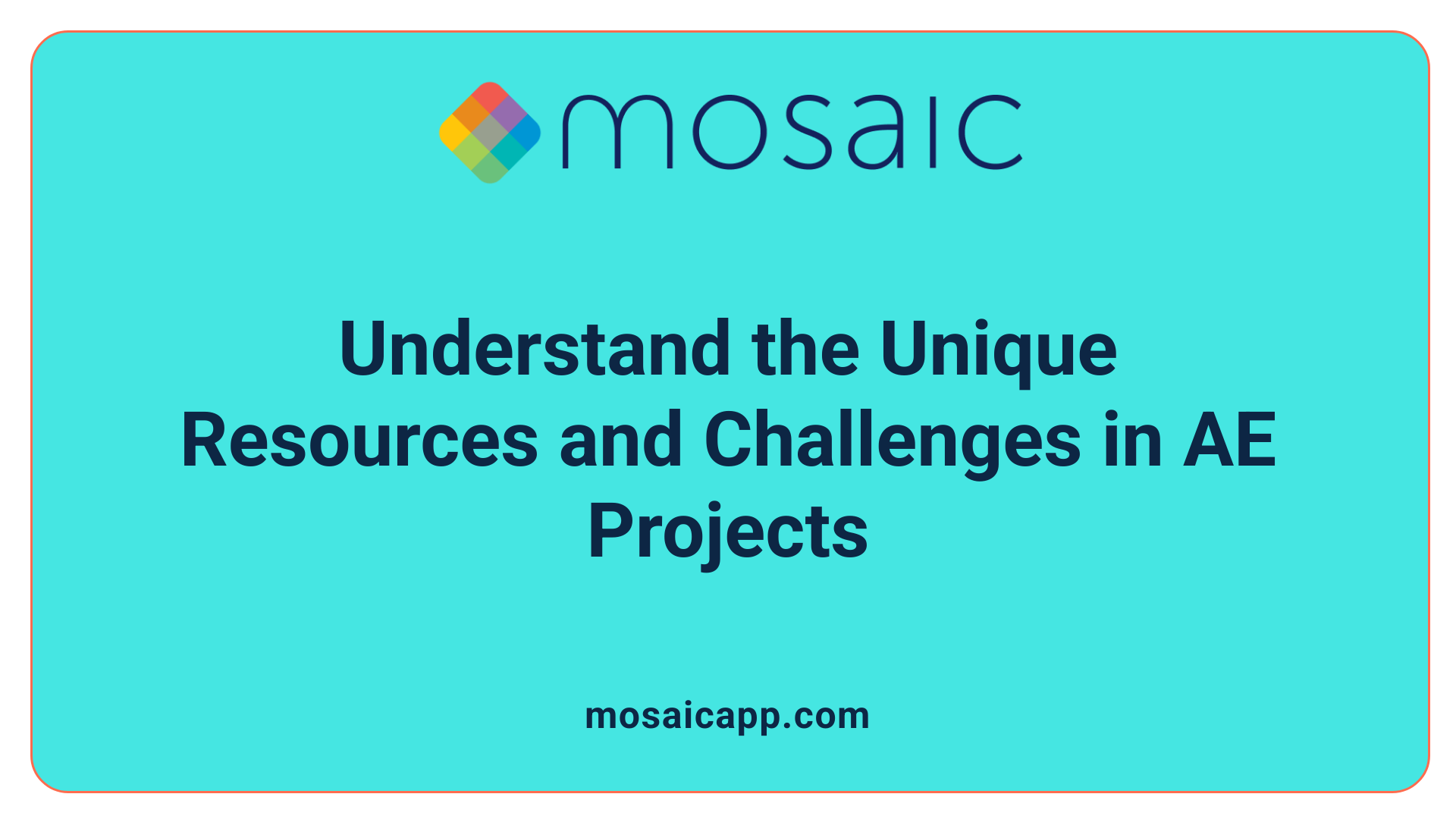
Variety of human and non-human resources in AE firms
The Architecture, Engineering, and Construction (AEC) industry utilizes a broad spectrum of resources to successfully deliver projects. Human resources include contractors, supervisors, estimators, and surveyors, each playing specialized roles. Alongside these are non-human resources like equipment, materials, and facilities. This mixture demands that resource planning approaches are comprehensive enough to cover varied requirements.
Unique project variables that affect resource management
Every AEC project is distinct, influenced heavily by geographic location and environmental conditions. Such variability means that standardized resource plans cannot be uniformly applied. Instead, firms must adopt flexible strategies that accommodate the unique challenges and constraints presented by each project.
High skill and expertise requirements shaping planning practices
The industry’s reliance on highly skilled personnel with diverse expertise means workforce planning must carefully balance workloads, consider employee seniority, and prioritize appropriate skill mixes. This complexity increases the necessity for detailed analysis and proactive capacity forecasting.
How do resource characteristics influence planning in AE firms?
The diverse array of both human and non-human resources combined with project uniqueness compels AE firms to implement advanced and adaptable resource planning methods. To align these elements effectively, firms use visualization and forecasting tools that offer comprehensive views of resource allocation, ensuring projects remain on schedule and within budget. The integration of skill sets, equipment availability, and project-specific demands highlights the importance of holistic resource management in achieving operational success.
Leveraging Workforce Planning Models for Skilled Engineer Management
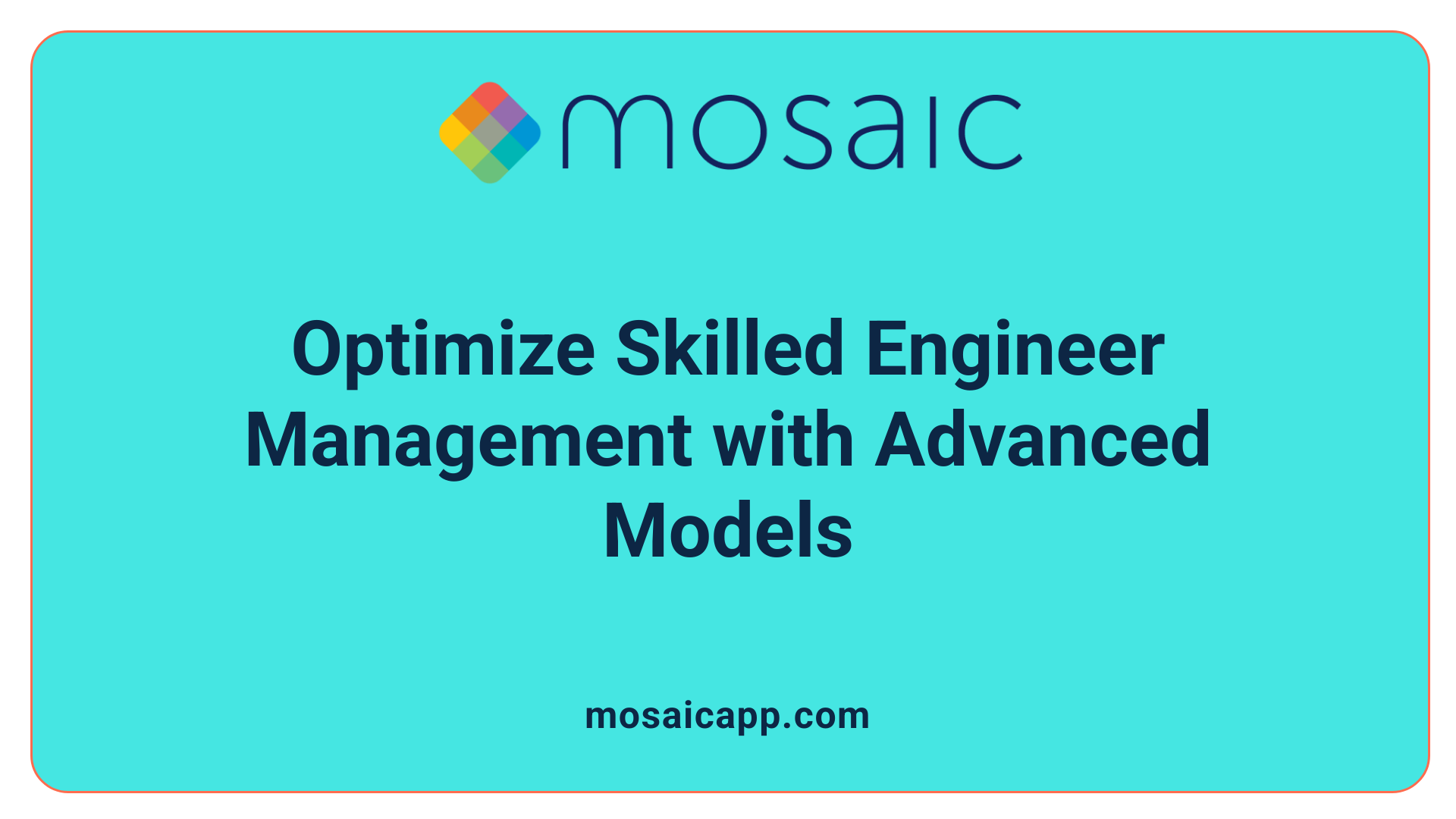
What models support workforce planning for skilled engineers in AE firms?
Analytical workforce planning models are essential tools designed to address the complex realities of managing skilled engineers within architectural and engineering (AE) firms. These models integrate three critical dimensions: supply (available workforce capacity), demand (project requirements), and operational constraints (such as employee skills and workload limits).
Analytical model overview
These models account for multiple factors that influence workforce planning. By incorporating information gathered through interviews with senior executives from engineering and technical consulting firms, these models provide a data-driven foundation rather than relying on intuition alone. This rigor enhances decision-making by capturing the nuances of project dependencies and employee seniority.
Integration of supply, demand, constraints
The models synchronize future project demands with the current workforce capacity, identifying gaps where additional hiring or cross-training may be necessary. Importantly, the models respect operational constraints, such as limiting the number of concurrent projects assigned to each employee, thus helping prevent employee overload.
Policy considerations on skills, cross-training, and engagement limits
Policies embedded within these models include adjusting skill mix, encouraging employee cross-training, and managing hiring strategically. These policies ensure that AE firms maintain a flexible and capable workforce that can efficiently meet project demands and adapt to changing workloads.
Business metrics impact
The effect of workforce planning policies and model-driven decisions is evaluated using critical business metrics such as project completion rates and net revenue. By linking human resource policies to these outcomes, firms can measure the tangible benefits of analytical workforce planning, leading to improved project delivery and profitability.
Through leveraging such sophisticated models, AE firms can enhance workforce management, boost operational efficiency, and achieve sustainable growth.
Integrating Data and Modeling for Improved Decision-Making in Resource Planning
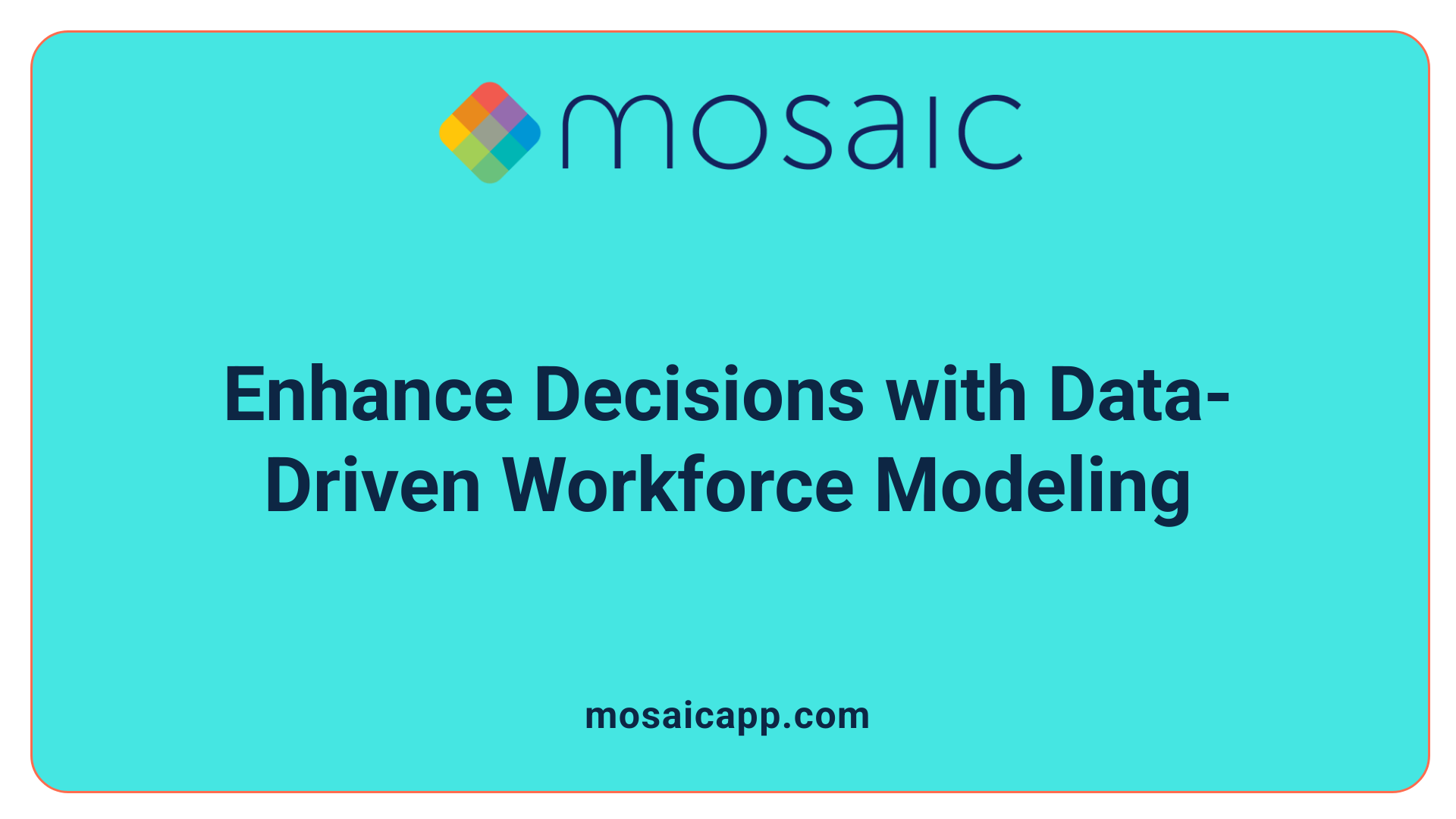
How does integrating data and modeling improve AE workforce planning?
Moving beyond intuition-based decisions, integrating data collection and analytical modeling significantly enhances workforce planning in architectural and engineering (AE) firms. By systematically gathering data on workforce demand, internal capacity, employee skills, and project attributes, firms gain a quantified understanding of their resources.
Analytical models incorporate this information to simulate scenarios involving skill mix, employee cross-training, hiring policies, and project concurrency limits. This enables the prediction of outcomes relating to project completion rates and net revenues, leading to more informed and effective resource allocation.
Such data integration facilitates better anticipation of potential scheduling conflicts and bottlenecks. It supports rolling multiphase planning horizons that maintain consistency in employee assignments across project phases, thus improving project continuity and staffing stability.
Ultimately, this combined approach fosters data-driven decision-making that surpasses intuition, allowing AE firms to optimize project scheduling, balance workloads, and achieve superior business metrics. It represents a critical advancement for workforce planning tailored to the complexities and dynamic demands of the AE industry.
Updating Frequency and Process Standardization in Workforce Planning
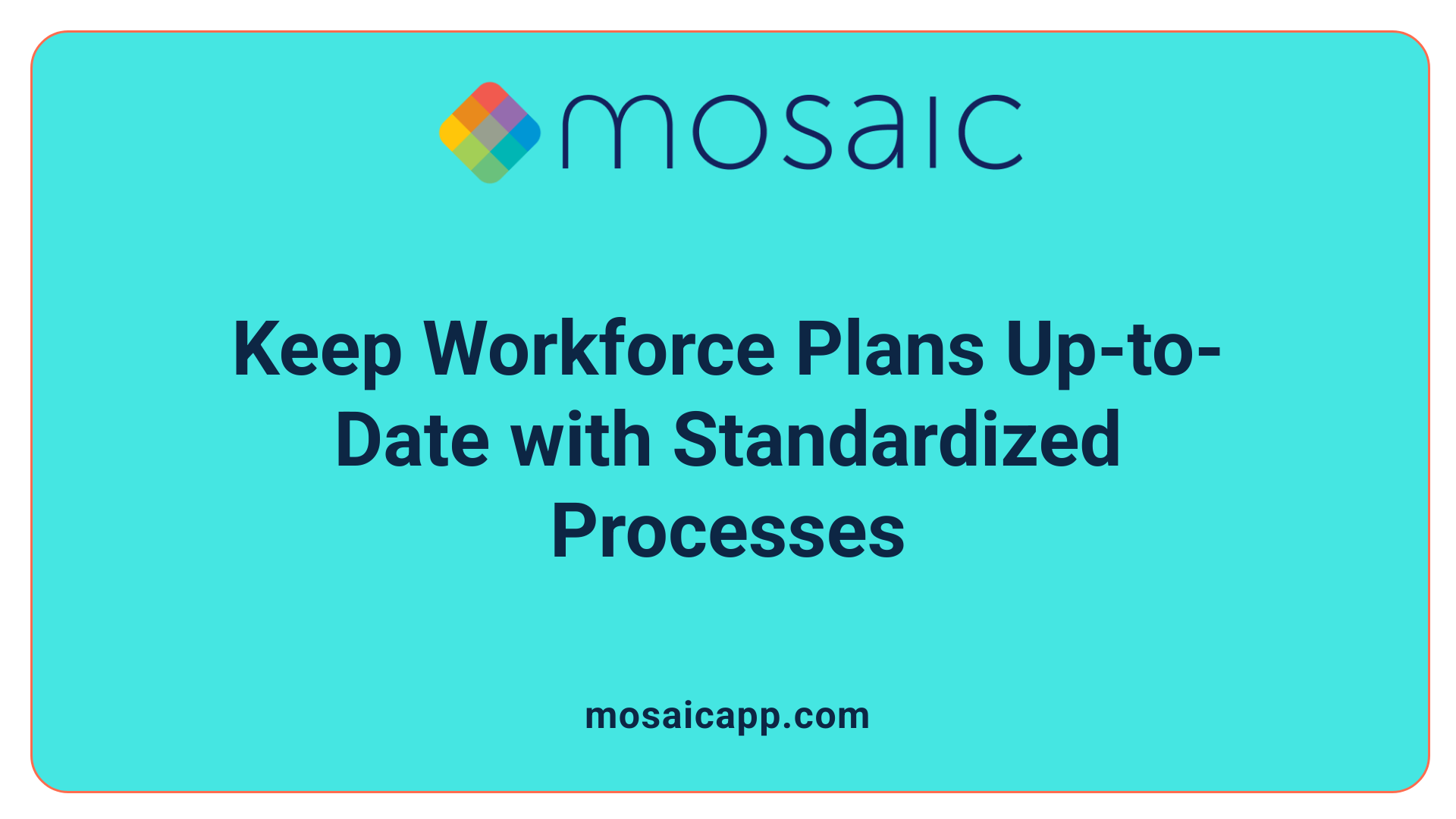
What are the update practices and standardization levels in AE workforce planning?
In architectural and engineering (AE) firms, workforce planning (WFP) update cycles tend to occur on a monthly basis. This frequency aligns to some extent with academic recommendations, which propose either monthly or yearly updates to maintain effective alignment between workforce capacity and project demands. Monthly updates allow firms to respond more nimbly to shifting project requirements and labor market fluctuations.
Despite this alignment, a notable challenge lies in the overall lack of standardization of WFP processes across AE organizations. Many firms rely on a mix of ad hoc tools, spreadsheets, and customized enterprise solutions, resulting in varied approaches to how capacity estimation, demand evaluation, and skills gap analyses are conducted. This absence of widespread standardization inhibits the consistency and efficiency of workforce planning efforts.
Standardized processes and shared methodologies could enhance the effectiveness of WFP by improving communication between commercial departments, project managers, and human resources. Without such common frameworks, organizations risk misalignments between the supply of skilled professionals and the fluctuating demands of complex AEC projects. Ultimately, increased standardization would facilitate better proactive resource management and help AE firms maintain competitive advantage in a rapidly evolving industry.
Scaling AE Firms Through Strategic Resource Planning and Scheduling
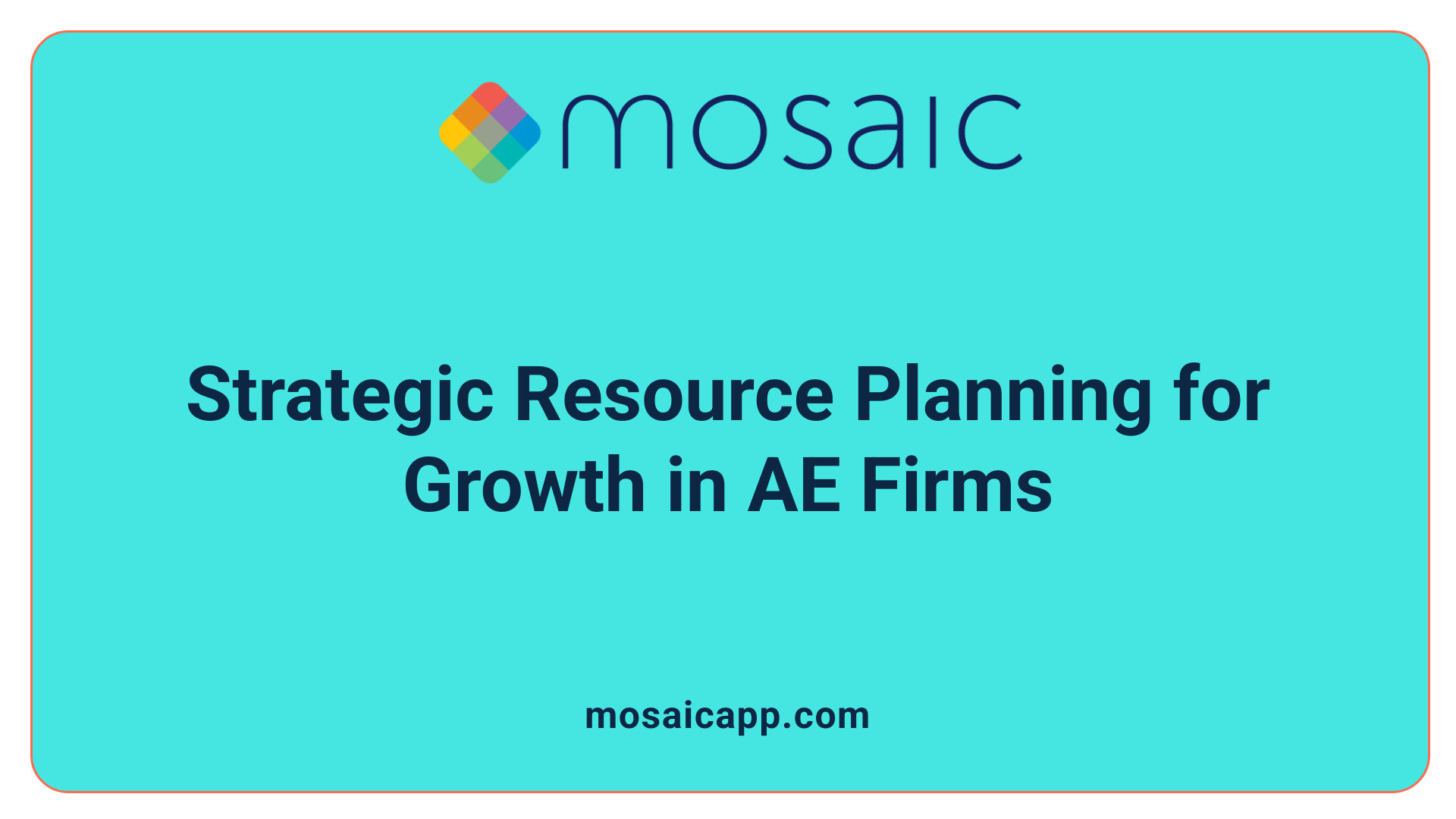
Why is strategic resource planning crucial for scaling AE firms?
Strategic resource planning and project scheduling are essential for architecture and engineering (AE) firms looking to grow efficiently. By organizing human resources and materials effectively, firms can handle more projects without sacrificing quality. This approach helps balance workloads, ensuring that no team is overburdened while all projects progress on schedule.
Role in maintaining quality and profitability
Effective scheduling and resource planning maximize team efficiency, which directly impacts project outcomes and client satisfaction. This precision minimizes costly delays and rework, preserving profitability. Advanced tools, like BQE CORE’s Project Planner, provide unified views of project allocations, allowing firms to identify resource bottlenecks early and adjust plans dynamically.
Importance for long-term growth
Long-term growth in AE firms depends on their ability to adapt to fluctuating demands and manage workforce capacity. Strategic planning incorporates data-driven forecasting that anticipates future projects and skill requirements. Firms that integrate scheduling with financial planning and maintain flexibility are better positioned to scale operations sustainably while controlling costs.
Alignment with industry growth trends
The AE industry is expected to grow about 4 percent annually, fueled by surging demand for real estate and technological advancements. Strategic resource planning aligns firms with these trends by enabling them to meet increased workloads and complex project requirements. By adopting enterprise-wide resource management systems, AE firms ensure they remain competitive and responsive in a rapidly evolving market.
Conclusion: Embracing Data-Driven Workforce Planning for AE Firm Success
Architectural and engineering firms operate in an increasingly complex and competitive environment where skilled workforce management and efficient scheduling are critical. By adopting data-driven, proactive workforce planning processes and leveraging advanced resource planning tools, AE firms can overcome challenges such as labor shortages, resource volatility, and siloed information. Effective integration of demand forecasting, capacity assessment, and gap analysis, supported by standardized processes and frequent updates, positions AE firms to improve project outcomes, ensure sustained profitability, and scale successfully amid evolving industry demands.


